It seems like kink is becoming more prevalent than ever. A survey found that 36% of adults in the United States use masks, blindfolds, and bondage tools during sex. With this, kink is popping up more and more in the media, with both positive and negative results.
Kinky sex has been around basically forever, far before it made it on screen. We see our first depiction of a dominatrix in Mesopotamia over 12,000 years ago. Cuneiform tablets show the area’s main female goddess Inanna forcing men to bow to submission, then whipping them and forcing them to dance for her sexual fantasies. One hymn about her talks about cross dressing, altered states of consciousness, and rituals "imbued with pain and ecstasy.” In short, she was a real kinky bitch.
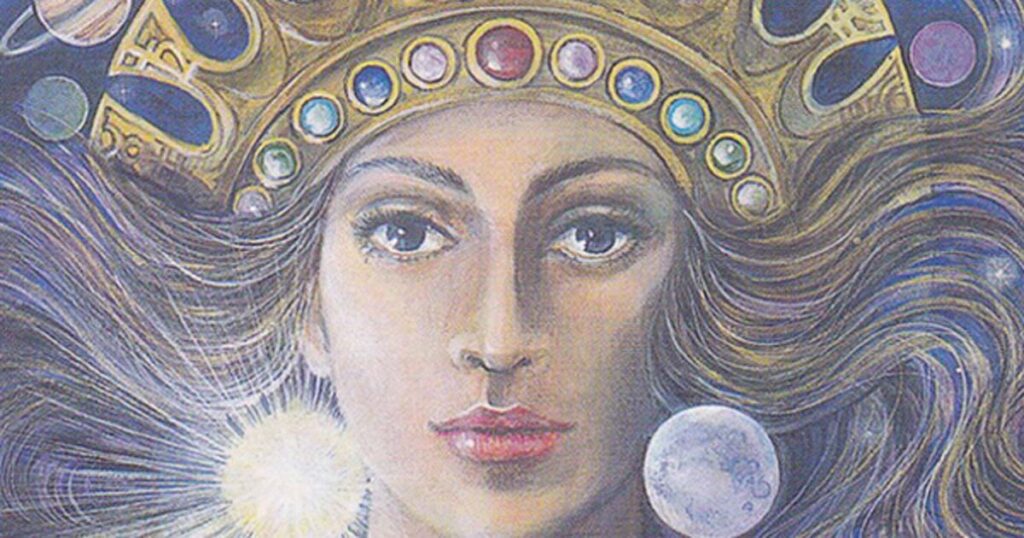
You’ve probably heard about the Kama Sutra, but it’s not just about lots of sex positions. It also described practices that would be linked to BDSM, like scratching, biting, slapping, and even screaming. It talks about the four ways you can hit someone during sex. It’s the first sex guide that indicated that BDSM is something other than a perversion.

There are a ton more historical accounts of kink, like the creation of Japanese rope restraint, which is still used in modern BDSM, and accounts of masked, anonymous anal play from the early 1800s. But let’s move forward a little.
Before we could get kinky sex on tv, we just had to get any sex on screen. Sex on TV has moved from adult couples sleeping in separate beds to stuff that you definitely wouldn’t want your mom to be in the room for. This allows for a lot more expression of sexuality and shows the nuances of relationships.
When it comes to mainstream sexuality, shows like The L Word, Mad Men, and Lost really broke boundaries and forced audiences to confront the fact that people have sex. There wasn’t a ton of kink in these shows, if any at all, but sex was happening, right on people’s TV screens. These shows existed around the time that censorship groups were having their heyday, but they couldn’t stop the revolution.
Since then, vanilla sex has become commonplace, and networks can get away with more and more. Shows on HBO and Showtime have an even easier time letting their audiences see explicit sex. You might even see a penis every now and again (though don’t count on it).
There are, of course, examples of kink in novels, movies, and TV going pretty far back. Here’s a brief primer.
Kink inspired many historical novels, like Ulysses by James Joyce, The Story of O by Anne Desclos, and Justine by Marquis de Sade. Weirdly enough, Anne Rice, the lady who writes the vampire novels, published a BDSM series called Sleeping Beauty Trilogy.
BDSM was surprisingly popular in film. There’s a silent film called A Woman of the World that includes BDSM. It came out all the way back in 1925! While it probably wasn’t a positive portrayal, it’s wild it exists at all.
BDSM films gained more mainstream success with the movie 9 1⁄2 Weeks. It was deemed highly explicit and was scrubbed of most of the good stuff for its US release. But it became a huge success in Australia, Canada, France, Germany, and the United Kingdom, where they got the undoctored cut. It made $100 million worldwide and gained popularity on video and DVD. Unfortunately, it’s definitely not the best portrayal of BDSM.
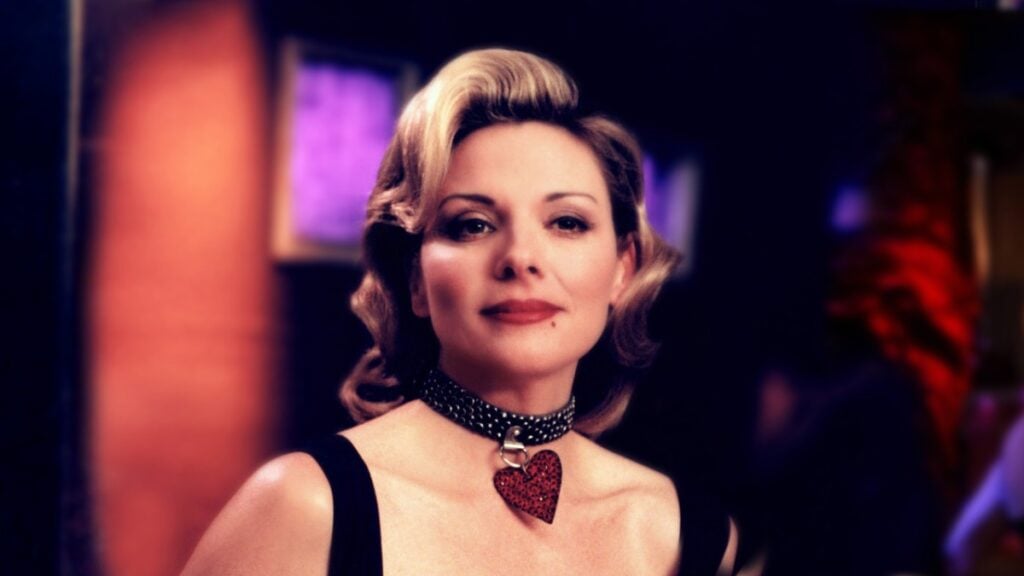
The early days of TV definitely don’t have anything kinky about them. One of the earliest precursors of kink on television is Sex and the City. Although the portrayal is never explicit, it’s mentioned and played at. In one episode, Samantha mentions owning nipple clamps. In another, Miranda goes on a date with a guy who has spanking fantasies (and she’s not into it). There’s one episode that explicitly focuses on BDSM that’s called “La Douleur Exquise,” or “The Exquisite Pain.”
There are other shows near this time that have BDSM components. CSI has a recurring character who’s a dominatrix, and there’s plenty of episodes of crime shows like CSI and Law & Order SVU that feature BDSM (but usually not in a good light). House treats a patient who has a dominatrix at one point. On Desperate Housewives, one character’s husband has an affair with a dominatrix. (Lotsa dominatrices in this part, huh?)
While kink did exist before it blew up in popularity, there wasn’t a ton of exposure. Plus, a lot of it was problematic. But then, everything changed.
I bet you can figure out what changed the landscape for kink in 2011. It’s pretty badly written, painful (sometimes maybe in a good way), and “grey.”
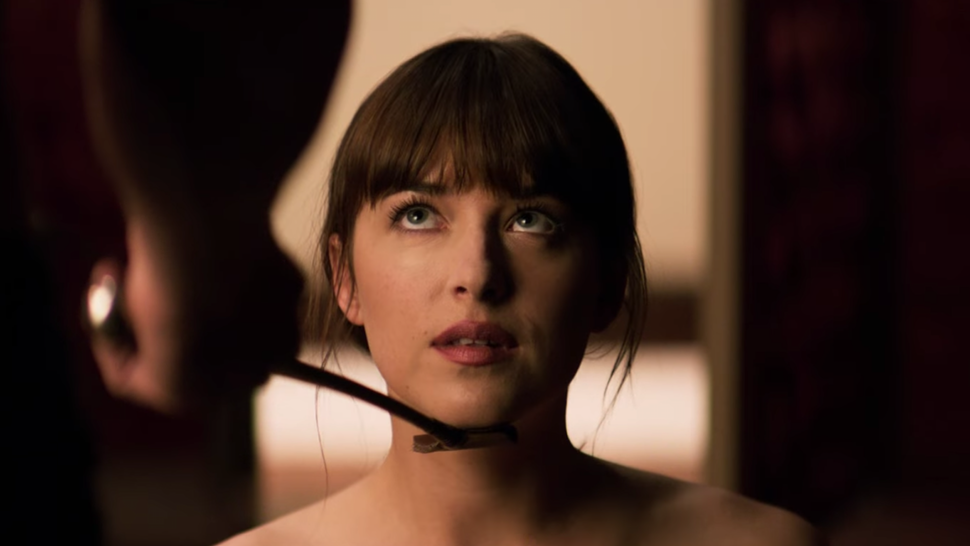
There’s no way to beat around the bush: kink is much more mainstream nowadays, at least in some part because of Fifty Shades of Grey.
We won’t run down all of the history, because surely like us, you had to live through every second of it. But the first book of the trilogy alone has sold over 125 million copies, and the film adaptation made $571 million worldwide. During its craze, Fifty Shades was like crack for bored housewives and other people interested in kink but too afraid to ask.
For many people, this book opened their eyes to the possibility of BDSM. Maybe their friend recommended it, or they heard about how popular it was from the new. It’s one thing to have heard of BDSM, but it’s another to realize that you can get off reading and fantasizing about it.
Some people say that Fifty Shades has created welcome attention for the kink movement. Now, the general population views these scenes as more mainstream. Some even call the popularity of Fifty Shades the BDSM community’s “Stonewall movement.” (In our humble opinion, that’s a little strong and disrespectful of the people at the actual Stonewall riot, but the sentiment makes sense.)
Is Fifty Shades a perfect portrayal of BDSM? Absolutely not. But it certainly did create a stir.
Pop culture sends a lot of messages about kinky sex. Spoiler alert: a lot of them aren’t great. The vast majority of kink in media is created by a bunch of vanilla people. They get things wrong, no matter how good their intentions.
But worse is that some of these creators want to send a negative message about BDSM and kink. It’s like when the couple who has sex in the horror movie inevitably dies first. It’s moralizing and trying to warn people from going down a scary, dark path. (Huge eyeroll.) Sometimes a kinky lifestyle is seen as a perversion, or as a punchline to make this happen.
We’re gonna go into some of the ways kink has been portrayed in not so great ways. Luckily, given the popularity of BDSM since Fifty Shades of Grey, some of it seems rather quaint and naive.
Dominants in general in BDSM media are seen to be pathological. People are confused about why someone would want to “hurt” another person, so they assume they’re capable of murder and other crimes.
Female dommes are often crazy and violent in movies, though they seem composed and sexy at first. The film Body of Evidence (1993) stars Madonna as a domme, and audiences are kept guessing the whole movie whether she’s guilty of murder. (Spoiler alert, she did kill the guy, and at the end, she’s shot twice and falls out of a window.) In Basic Instinct (1992), the domme named Catherine Tramell is a suspect in a murder case where the perp used an ice pick. This goes on for the entire movie. She’s proven innocent, but when the hero comes over to her house to have sex, there’s an ice pick under her bed (gasp).
Male dominants are often overly aggressive and downright nasty, even not during sex scenes. They’re seen as men who wants to beat women. In the movie Killing Me Softly (2002), a male dom is violent and abusive. He doesn’t end up being the killer, but does that fix it? Even in gay BDSM cinema, doms are considered violent. In the films Cruising (1980) and Pulp Fiction (1994), gay male dominance is associated with nonconsensual sex and murder.
Not all people who practice BDSM on screen are murderers, though. Another way people who are into kinky sex are pathologized is through the assumption that anyone who is into the scene has been a victim of abuse and childhood trauma.
There are a lot of gross examples. Maggie Gyllenhaal plays Lee in the film Secretary (2002). The movie shows that her submissive nature is due to her alcoholic father and overprotective mother. Worse yet, it’s shown that these issues are responsible for her inclination to cut for sexual gratification. To top it all off, she’s not engaging in knife play in an even mildly safe way, since the first scene of the movie is her in the hospital due to cuts. Plus, in the films The Piano Teacher (2001) and Killing Me Softly, it’s more than implied that the characters’ are driven to BDSM and kinky sex because of incestuous relationships.
This stereotype is very much reinforced in Fifty Shades of Grey. Christian actually has two types of damage that have made him kinky.
First, we learn about his neglectful, alcoholic, sex worker mother. She was very neglectful, and her “pimp” put out cigarettes on his chest.
When Ana finds out about this part of his backstory, he says, “I’m a sadist, Ana. I like to whip little brown-haired girls like you because you all look like the crack whore – my birth mother.”
Woah, there’s a lot to unpack there.
Then later, E.L. James feels the need to explain Christian’s dominance with trauma again. He tells Ana about his relationship with Elena, a friend of his adoptive mother. She taught him about BDSM, and she was his domme. This all happened when he was a teenager, so Ana tells him it’s creepy and calls her a “pedo.” Throughout the series, Christian realizes she’s right, and that the relationship was more like molestation.
That has its own problems, because this is the catalyst that leads Ana and Christian to have a less kinky relationship. It sort of implies that kink it bad, which is icky.
Hopefully it goes without saying that you’re not broken because you’re into kink and BDSM. It’s been shown that people who are into BDSM are no more likely to have experienced child abuse or sexual trauma than the rest of the population.
Plus, in terms of mental health, BDSM practitioners are in pretty good shape. They actually have lower levels of depression, anxiety, and PTSD than the rest of the population.
Kinksters aren’t evil, and they’re not broken, either.
Through Fifty Shades of Grey and other narratives, the idea of a male dom and a female sub has been pretty normalized. It’s portrayed more often, and generally seen as “hotter.” This might be because this version of BDSM most fully mirrors our society. Even in vanilla sex, men are expected to be dominant and the woman is expected to sort of just...lie there.
When attention is paid to a female domme and a male sub, though, audiences tend to feel uncomfortable. Dommes are popular in the media, though they’re often played off as jokes, and they’re almost never actually seen dominating a man. Watching a man be dominated, especially by a woman, makes most people uncomfortable.
Male submissives are regularly played off as a joke. In the movie One Night at McCool’s (2001), the male submissive is shown as pathetic and is an object of ridicule. Plus at the end, he dies in a comedic way.
They are also regarded with disgust. The BBC Sherlock episode “A Scandal in Belgravia” features a dominatrix. Her clients are regarded as “pathetic,” and male submission gross and perverted.
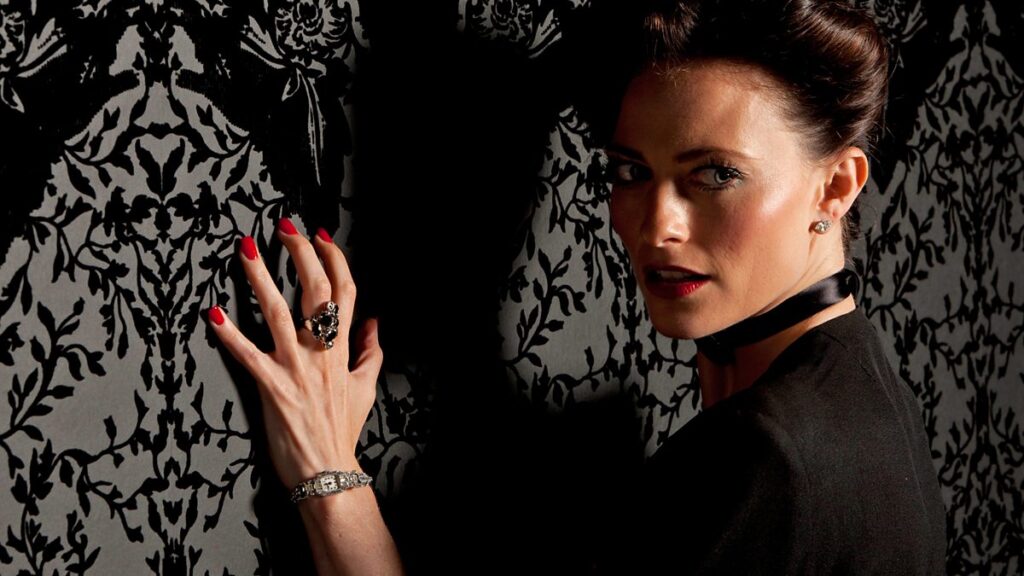
In thrillers that include BDSM, a man getting with a dominant woman is a sign that he’s going down the wrong path. This is a big plot point in Basic Instinct and Basic Instinct 2 (2006).
This, too, is present in Fifty Shades of Grey. Christian learned about BDSM as a submissive. At first, he’s not ashamed of it, but as time goes on, he comes to see it as a mistake. At one point, these submissive tendencies come out with Ana. During an intense conversation, he knelt before her in a sub stance. She immediately dropped to her knees so he wouldn’t be below her like that. She finds this moment borderline repulsive, saying she will be with him as long as he goes back to his dominant self.
There’s nothing unnatural about any gender configuration of doms and subs. No one should feel like they have to carry gender roles on their shoulders when they just want to have some fun.
We’re almost done with the bad stuff, promise. But the media often portrays BDSM as leading to rape and sexual assault.
There are problems with consent in Fifty Shades. You can debate about whether it’d be considered assault, but there’s definitely some coercion present.
Ana regularly participates in sex acts she just plain doesn’t want to do. She feels like she needs to do them in order to keep Christian interested. She doesn’t seem to enjoy the pain when he hits her, but she does it for him. She never really tells him that she doesn’t want to participate, but she’s not exhibiting the most enthusiastic consent, either.
If the two of them would communicate, they would probably be able to figure out a better way to deal with this clash. But it is a romance novel at its core after all, and characters aren’t very well known for communicating well in those.
One more example. The last scene of The Piano Teacher blurs the line between consensual BDSM and rape, kind of implying that these two are the same thing. It’s not a great time.
Consent is vital to any kinky interaction. Doing many BDSM activities on a non consenting person would basically be torture and assault. That’s why the community is so careful about talking about boundaries, using safe words, and checking in during scenes.
In fact, the BDSM community is actually better at dealing with consent than other groups. A study measured rates of "hostile sexism, benevolent sexism, rape myth acceptance, victim blaming, expectation of sexual aggression, and acceptance of sexual aggression" in three groups. They found that BDSM practicioners had significantly fewer rape affirming beliefs than either undergrad students or the general public.
Doms aren’t rapists in disguise. Kink involves lots of discussion of boundaries. If only someone could tell Hollywood that.
Not every single portrayal gets it wrong, though. Or at least, gets it completely wrong.
One weird place we found pretty positive BDSM portrayals: CSI. They have a recurring dominatrix character named Lady Heather who ends up having a tryst with Gil Grissom, a pretty major character. She’s in six episodes, and is actually in a 2 hour tv movie for the franchise. And she doesn’t even die! Or murder anyone!

Here’s a funny place to find a good portrayal of BDSM: the video game Dragon Age: Inquisition. You can romance the character Bull, who’s a dominant. Unlike many media doms, he makes sure you’re interested and negotiates ground rules beforehand. He even tells you a safe word. If you push the button to say it during sex, he stops, no questions asked. Who would have thought a horned warrior with a huge weapon in one hand would be so courteous.
Another example of kink in popular media that’s overall positive is in the Netflix show Bonding. Its main characters are a dominatrix and her gay assistant, and it details their lives and the clients they end up servicing. Since it’s on Netflix and they actually promoted it, it brought a lot of attention to the BDSM community at large.
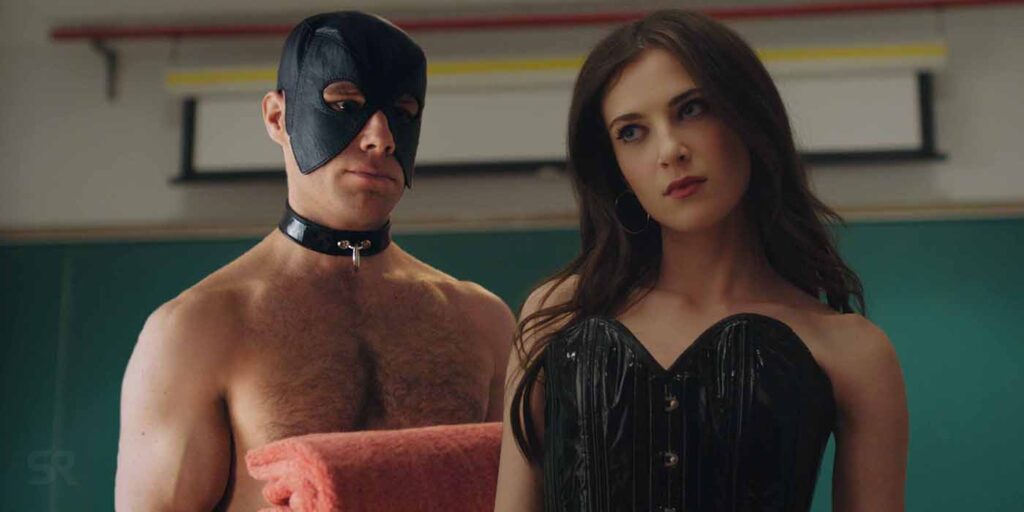
The show portrays a lot of things about kink that are right. It highlights that the dominatrix Tiff is working for profit, but that doing this job is her choice. It also shows the assistant Pete learning more about kink and accepting it, after initially finding it odd.
But the show’s not perfect. There’s some dubious consent along the way, like when Tiff persuades Pete to pee on a client. (The client is into it, but Pete doesn’t want to, at least at first.) Plus, there’s been a lot of criticism by sex workers that the show doesn’t represent them properly, and Netflix should have hired a sex worker consultant.
There are a couple of indie options that are actually created by kinky people that you might like even better. Choosing indie is great because the creators know a lot more about BDSM and other kinks. They’re probably even part of the community. Instead of thinking 100% for profit, they’re able to make more artful and controversial work.
There’s the indie web series Mercy Mistress. It features a professional dominatrix, and she’s actually not white for a change, but Chinese. The series follows Mistress Yin as she “curates the fantasies of others and heals trauma with pain.” Each client has a different kink, and the episodes include more about the lives Mistress Yin and of her clients. It’s visually striking and quite hot. The first episode features foot worship, and even if you’re not into that, it’s a very erotic and sensual scene.
Then there’s the six part comic series Sunstone. It’s about an unconventional love story about a lesbian BDSM relationship. The art is the star of the show, and really brings the story to life. The BDSM scenes are sexy and graphic. The comic doesn’t shy away from the reality of BDSM, so much so that the covers of the volumes show characters with their wrists tied or wearing dominatrix attire.
Hopefully that counteracts the negative portrayals. However, there definitely aren’t enough positive and accurate accounts of BDSM. If you’re a writer or artist, consider bringing your kink into your work. It would make your fellow kinksters feel more seen and teach others how kink really works.
There are lots of kinky fetishes you could explore. You could draw art of furries, create a song about flogging, or write an ode to used panties.
You’ll never run out of kinks to inspire you.